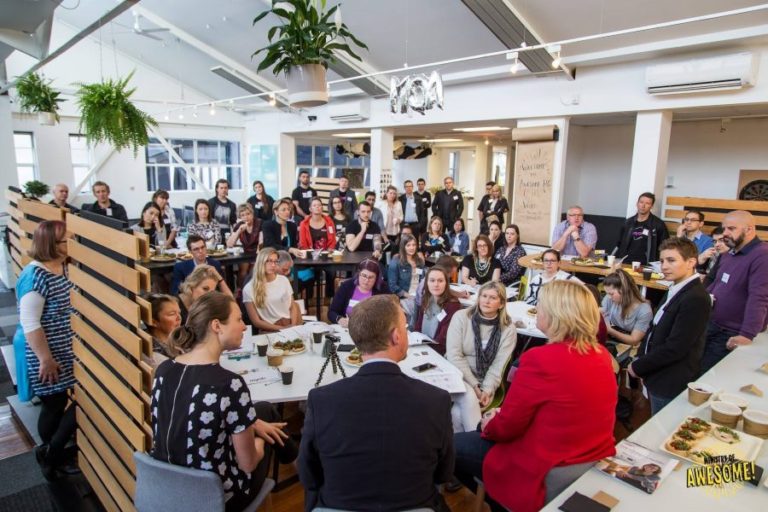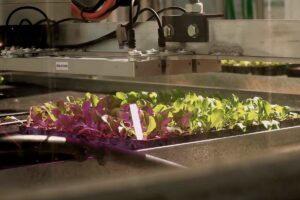Hiringa Energy set to power up New Zealand with hydrogen
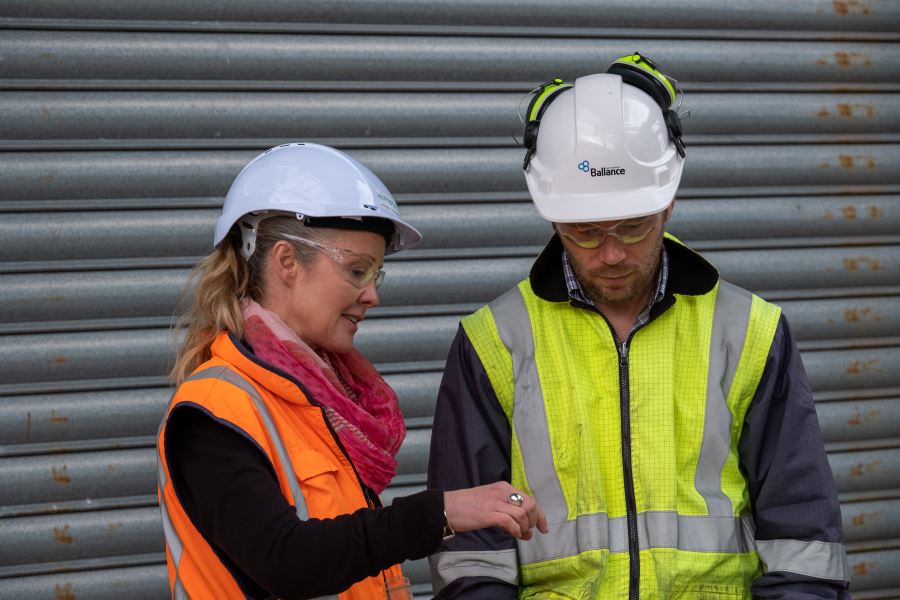
With their fuel cell technology, Taranaki-based Hiringa Energy is helping New Zealand move away from fossil fuels with clean hydrogen energy.
From an end-user point of view, it’s easy to understand why the dominant technology powering our vehicles has been liquid fuel in the form of petrol and diesel. It takes minutes to fill up a tank that will power a car for hundreds of miles.
“You can have a lot of utility for a small amount of touch-time,” says Co-Founder and Executive Director of Hiringa Energy, Cathy Clennett, “Plus, you can carry larger loads.”
When it comes to moving away from carbon fuels, Clennett says battery-powered electric vehicles cannot take the full gamut of transport needs and can only take on part of the burden. For example, powering heavy trucks with electric batteries is not entirely practical because the battery capacity would have to be very large, and charging takes time.
However, it is a gap hydrogen can fill.
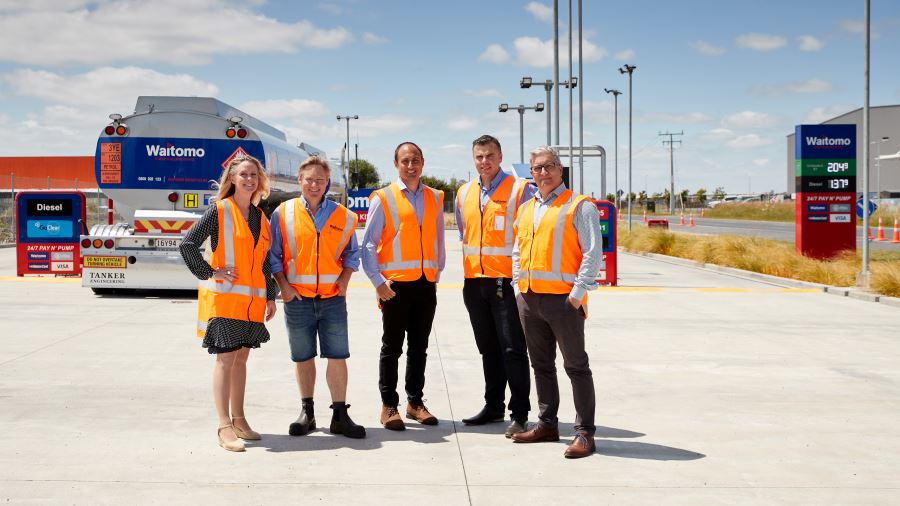
To Clennett, hydrogen is the missing piece in decarbonising a world reliant on fossil fuels, and it’s the mission behind Hiringa Energy.
Founded in 2017, Hiringa Energy is dedicated to both the supply of clean hydrogen as a sustainable energy source and its market adoption.
“We had to create the market,” explains Clennett, “Our whole business comes from that perspective. How do we actually deliver to the market what it wants?”
Hiringa Energy achieves this in a few different ways. First, they employ fuel cell technology that uses hydrogen to generate power.
When hydrogen enters the fuel cell, it splits into positive and negative ions through electrolysis and then recombines with the air’s oxygen. The process generates energy like a combustion engine, but because hydrogen combines with oxygen, the only thing it emits is water vapour.
Hydrogen can be stored and applied when needed to a fuel cell, similar to filling up a car’s petrol tank at a pump. Without the recharge time required for electric vehicles, Clennett says it becomes more cost-effective as well.
Hiringa Energy’s electrolysis equipment, refueling equipment, and storage equipment are made possible through strategic partnerships with suppliers. They work with vehicle companies to ensure that trucks using their technology perform at a level that can compete with the existing diesel technology.
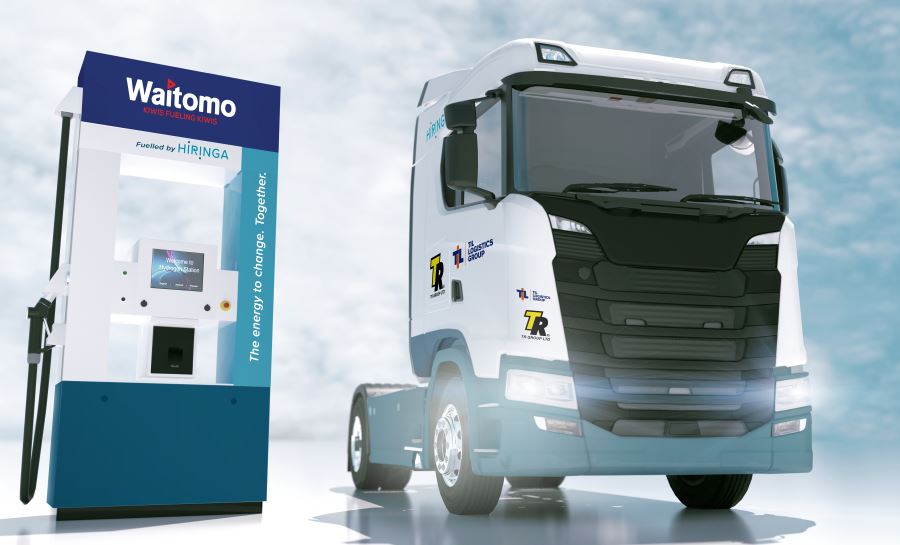
Hiringa Energy recently received government funding, and next year, they will begin building the network. They are in the process of rolling out their first fuel station.
By 2022, Clennett says Hiringa Energy’s hydrogen-fueled projects will be up and running.
Decarbonising through hydrogen-powered energy requires pulling together several different aspects but Hiringa Energy believes we can’t wait any longer to do it.
“The way you make real change happen is when it’s both economically and commercially sustainable,” Clennett explains, “We can make it happen on scale.”
“The technology is real, and it’s here.”



